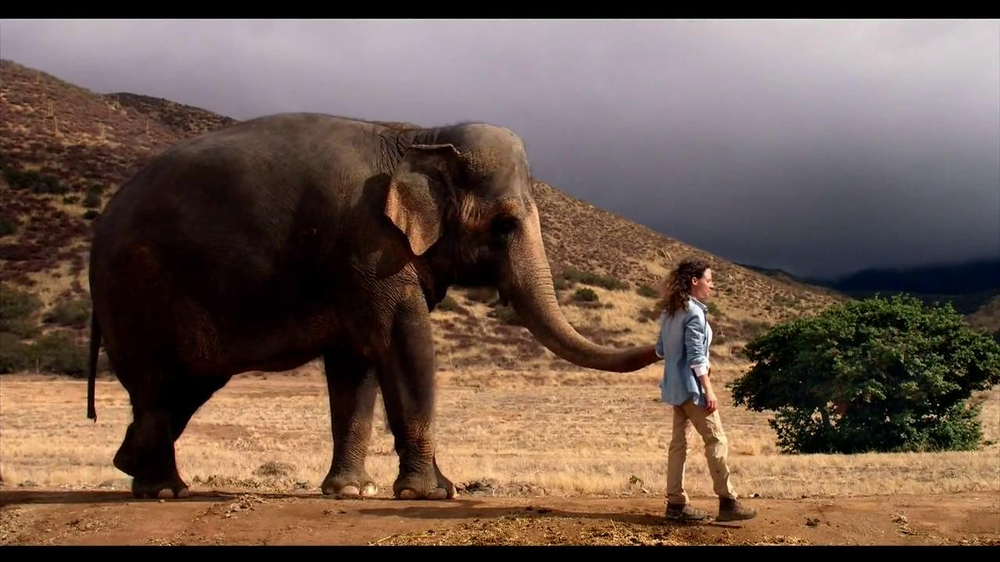Advent
The Majestic Elephant Bull Ahmed
Der Elefantenbulle Ahmed ,Ahmed, an African elephant bull, is renowned for his substantial length and majestic presence. This mild large, regularly known as the “king of elephants,” symbolizes the splendor and grandeur of wildlife in Kenya’s national parks.
Importance of Ahmed in Wildlife Conservation
Ahmed’s tale is not only much his life but also about the wider efforts in natural world conservation. His legacy underscores the importance of retaining endangered species and protecting their herbal habitats from human encroachment and poaching.
Formative years
Ahmed’s Origins
Ahmed was born in the Marsabit country Reserve in Kenya. His early years were marked by means of the care and protection of his matriarch-led herd, which taught him the methods of the wild and the intricacies of elephant social structures.
Growing Up Inside the Wild
As a young elephant, Ahmed confronted the challenges of surviving inside the wild, from gaining knowledge of how to locate water for the duration of dry seasons to information on the threats posed by predators and humans. His early stories formed his resilience and survival instincts.
Bodily traits
Ahmed’s Size and Weight
Ahmed Changed into considered one of the largest elephants ever recorded, with an impressive height and Weight. His huge tusks, which were remarkably long and curved, delivered his majestic appearance, making him a standout amongst his peers.
Particular capabilities
Other than his size, Ahmed had awesome features that set him aside, along with his large brow and expressive eyes. These bodily trends, combined with his mild demeanor, made him a liked determined amongst folks who discovered him in the wild.
Lifestyles in Marsabit National Reserve
Habitat and range
Marsabit National Reserve, with its various ecosystems ranging from dense forests to open savannas, provided Ahmed with a rich and varied habitat. He roamed appreciably within this Reserve, regularly seen close to waterholes and plush feeding grounds.
Social Interactions
Elephants are fairly social creatures, and Ahmed changed into no exception. He was recognized to have interacted with different elephants, forming bonds and hierarchies within his herd. His leadership features often came to the fore at some stage in conflicts or migrations.
The Legend of Ahmed
Tales and Myths
Der Elefantenbulle Ahmed
Ahmed’s legendary reputation was bolstered by several stories and myths that locals and park rangers shared. Those stories, regularly exaggerated, depicted him as a nearly mythical discern capable of super feats of power and knowledge.
Media Insurance
Ahmed’s reputation spread beyond Kenya, with media shops overlaying his lifestyle and the challenges he faced. Documentaries and articles highlighted his significance, drawing worldwide interest in the plight of African elephants.
Conservation Efforts
Government protection
Recognizing Ahmed’s importance, the Kenyan authorities granted him special protection. He was located under constant surveillance to guard him from poachers, making him the only elephant to receive such large protection measures.
Anti-Poaching Campaigns
Ahmed has become the face of anti-poaching campaigns, symbolizing the want to shield elephants from unlawful ivory exchange. These efforts helped enhance attention and mobilize sources for conservation initiatives throughout Africa.
Challenges faced
Poaching Threats
Notwithstanding the protection, the chance of poaching loomed large over Ahmed. The high cost of his tusks made him a top target for poachers, necessitating continuous vigilance and modern anti-poaching techniques.
Human-flora and fauna warfare
As human populations accelerated, the encroachment on elephant habitats caused expanded human-natural world conflict. Ahmed’s actions were intently monitored to prevent encounters that could bring about damage to each elephant and human being.
Ahmed’s Legacy
Impact on Conservation Policies
Der Elefantenbulle Ahmed
Ahmed’s lifestyle and the measures taken to defend him stimulated conservation guidelines in Kenya and the past. His legacy helped shape strategies aimed toward maintaining the natural world and its habitats, emphasizing the need for sustainable coexistence.
Thought for Future Generations
Ahmed’s tale encourages future generations of conservationists, natural world fanatics, and nature fanatics. His existence serves as a reminder of the splendor of the natural international and the urgent want to protect it.
Medical Contributions
Studies and studies
Ahmed’s prolonged commentary supplied precious records for scientific studies. Studies on his behavior, migration patterns, and interactions contributed to a better know-how of elephant ecology and the demanding situations they face.
Ecological importance
As a keystone species, elephants like Ahmed play an important position in maintaining ecological stability. His presence in the Marsabit countrywide Reserve prompted the distribution of plant species, water assets, and other natural worlds, showcasing the interconnectedness of ecosystems.
Community Involvement
Nearby community Engagement
The nearby groups around the Marsabit country-wide Reserve played an important role in Ahmed’s safety. Their involvement in conservation efforts, via schooling and community-based total projects, became instrumental in developing supportive surroundings for the natural world.
Financial benefits
Eco-tourism targeted iconic animals like Ahmed and delivered sizeable economic blessings to the region. Site visitors attracted to the Reserve generated sales that funded conservation initiatives and supported local livelihoods.
Training and attention
College programs
Ahmed’s tales have become an important part of educational packages in colleges. Children learned approximately wildlife conservation, the importance of biodiversity, and the threats posed by the aid of poaching, fostering an era of environmentally conscious people.
Public recognition Campaigns
Public consciousness campaigns featuring Ahmed’s photograph and story have been released to teach humans approximately the significance of flora and fauna conservation. These campaigns reached an international target market, highlighting the widespread importance of preserving nature.
Ahmed’s final Years
Growing old and fitness
In his later years, Ahmed’s fitness commenced to say no, an herbal process for an elephant of his age. Conservationists and veterinarians carefully monitored his condition, making sure he received vital care and interest.
Passing and Commemoration
Ahmed passed away in 1974, leaving in the back of a profound legacy. His dying changed into being extensively mourned, and he became venerated through diverse means, along with memorials and persevered conservation efforts in his name.
Continued effect
Ongoing Conservation Efforts
Ahmed’s tale maintains to steer ongoing conservation efforts. Tasks aimed at shielding elephants and their habitats draw proposals from the measures taken to protect Ahmed, reinforcing the importance of committed conservation projects.
Function in cutting-edge Conservation
Der Elefantenbulle Ahmed
In contemporary conservation discourse, Ahmed remains a symbol of what can be done through concerted efforts and worldwide collaboration. His lifestyles underscores the want for worldwide cooperation to cope with flora and fauna conservation challenges.
End
Precis of Ahmed’s significance
Ahmed, the elephant bull, turned into more than only a splendid animal; he was an image of the natural international’s grandeur and the urgent want to guard it. His life and legacy remain to inspire and train, highlighting the importance of wildlife conservation.
Call to action
Ahmed’s tale is a name for the movement for all people to make contributions to the safety of our planet’s biodiversity. With the aid of helping conservation efforts, raising awareness, and advocating for sustainable practices, we can ensure that destiny generations can marvel at the wonders of nature, simply as we did with Ahmed.
FAQs about Der Elefantenbulle Ahmed
Who was Ahmed the Elephant?
Ahmed was a legendary African elephant bull known for his immense size and majestic presence. He lived in Kenya’s Marsabit National Reserve and became a symbol of wildlife conservation due to the special protection he received from the Kenyan government.
Why was Ahmed given special protection?
The Kenyan government gave Ahmed special protection due to his impressive size and valuable tusks, which made him a prime target for poachers. This protection included constant surveillance to ensure his safety.
Where did Ahmed live?
Ahmed lived in the Marsabit National Reserve in Kenya. This Reserve provided him with a diverse habitat, including dense forests and open savannas, where he roamed freely.
What made Ahmed unique among elephants?
Ahmed was unique due to his extraordinary size, long and curved tusks, and his gentle demeanor. He stood out among his peers and became a beloved figure among locals and conservationists alike.
How did Ahmed contribute to conservation efforts?
Ahmed’s life and the protection he received helped raise awareness about the threats faced by African elephants, particularly poaching. His story became central to anti-poaching campaigns and influenced conservation policies in Kenya and beyond.



